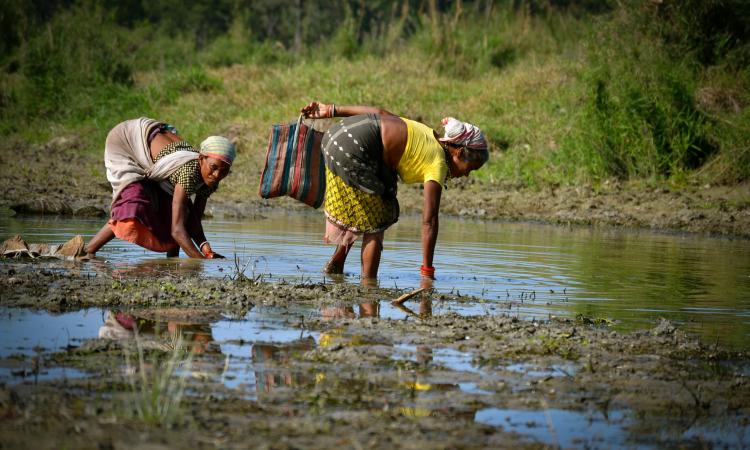
Two rivers – the Dibru and the Lohit - flow along together and meet a third - the Brahmaputra. This vast patch of land they give birth to is a treasure trove for wildlife and the Dibru Saikhowa National Park is located right there. To its south, exists a vast expanse of swamps and marshes interspersed with sandy islands.
The fishermen who live around this place have a name for it. They call it a beel. A long time ago, this beel had plenty of Magur, a kind of catfish. This gave birth to the name the Maguri beel. But that is not all; the Maguri beel gives life to many others.
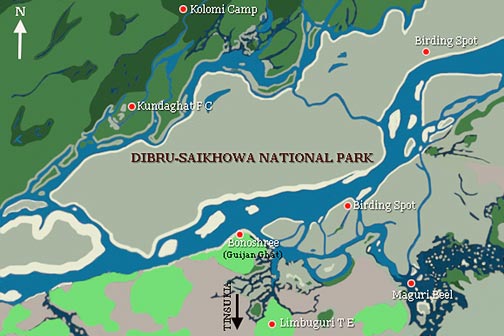

The Maguri beel is unique. It opens itself to the river Dibru at one point, which makes it a combination of both still and moving waters.
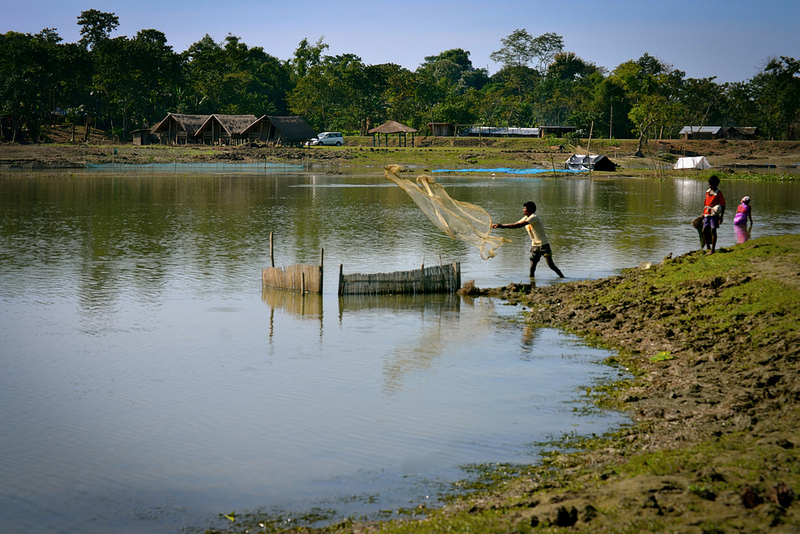
Both riverine and wetland kinds of fish are found here.

Plants, insects and fish; the beel has a place for all.

Snails, which are found in plenty are considered a delicacy. Picking them from the lake is a part of the daily routine of the women that live here.
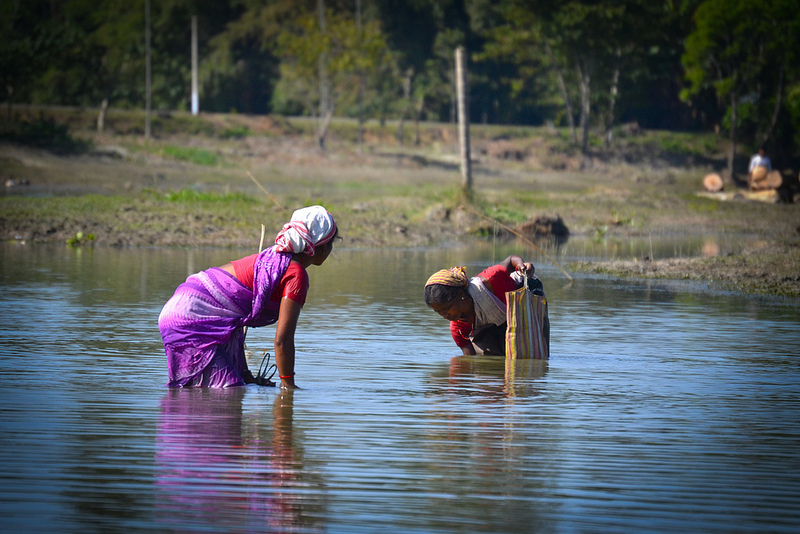
The beel has been the main source of food and sustenance for the people who live around it. It nourishes, sustains and protects life in myriad ways.

After the monsoons, the receding waters give rise to patches of swampy land. Fishermen live in these temporary spaces even using them to sort their day’s catch until the rains inundate the place again next season- nature’s own hide and seek.
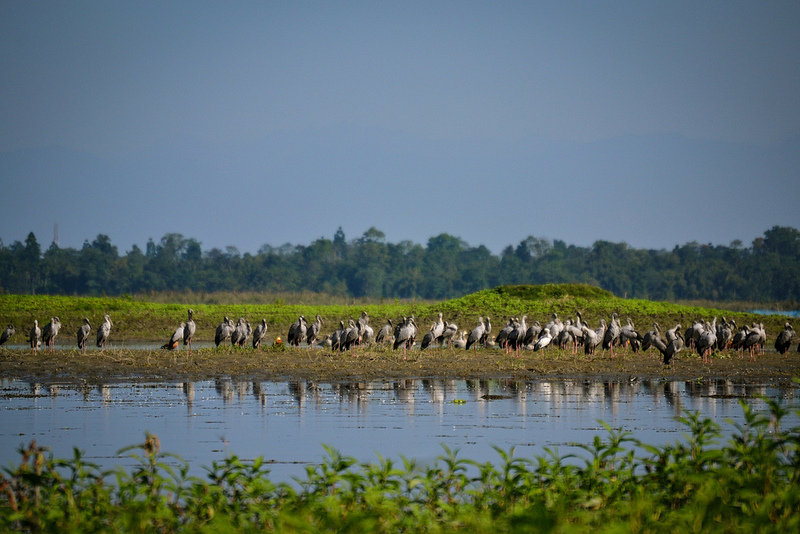
In winters, the beel gets visitors from far-away lands. These migratory birds keep the beel’s water flowing preventing it from becoming another mosquito breeding ground.

Common wagtail or Balimahi as it is locally called, is among the first birds to make its way to the beel. Its arrival announces the end of the floods and the impending arrival of the other migratory birds around September and October. Like many other birds, it feeds on small fish and insects- a natural vector protection for the people who live around here. The mosquito nets find another use though.
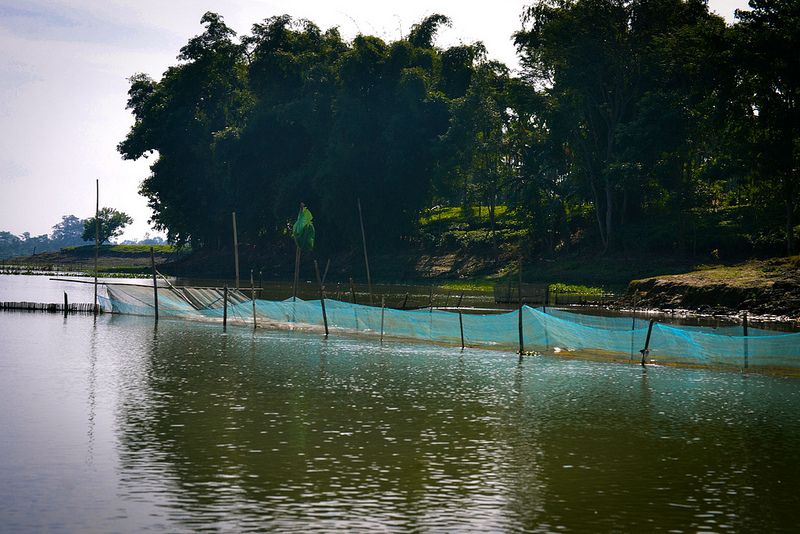
The mosquito nets are cheaper than the fishing nets and easier to find. The fishermen get hold of these from the nearby tea gardens that use these as bags for the tea leaves. Unlike the fishing nets designed for the purpose, the mosquito nets are destructive. Nothing can escape this fine web of plastic that takes away fish eggs and other aquatic life.

Traditionally, fish are caught using cane barriers. These allow the small fry to slip through, thus ensuring the future of the species.

Today, the lake is threatened by the very factors that contribute to its beauty. Excessive fishing using fine-mesh mosquito nets and increased tourism are upsetting this area’s delicate balance.

Silt brought in after the floods, blocks parts of the river channel, thereby creating semi-dry patches of land. People have started filling this with sand or garbage. They get a piece of land while the beel loses a part of its body.
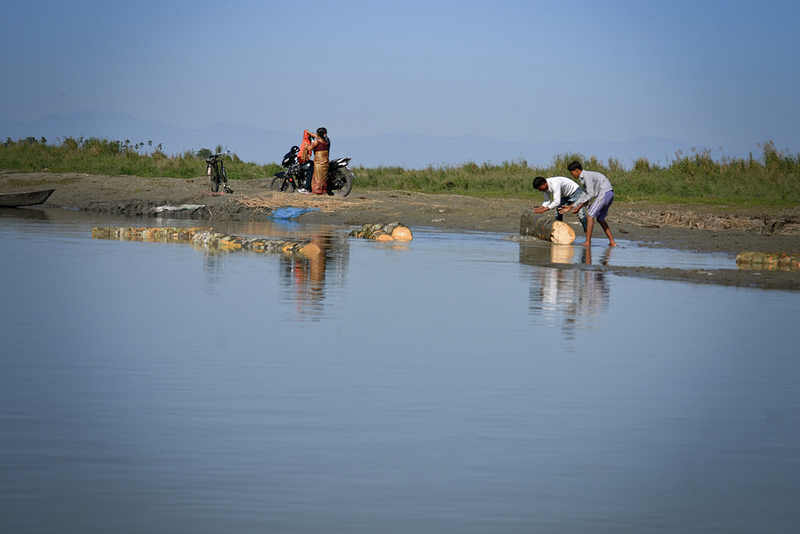
Illegal timber cutting adds to the beel’s woes.
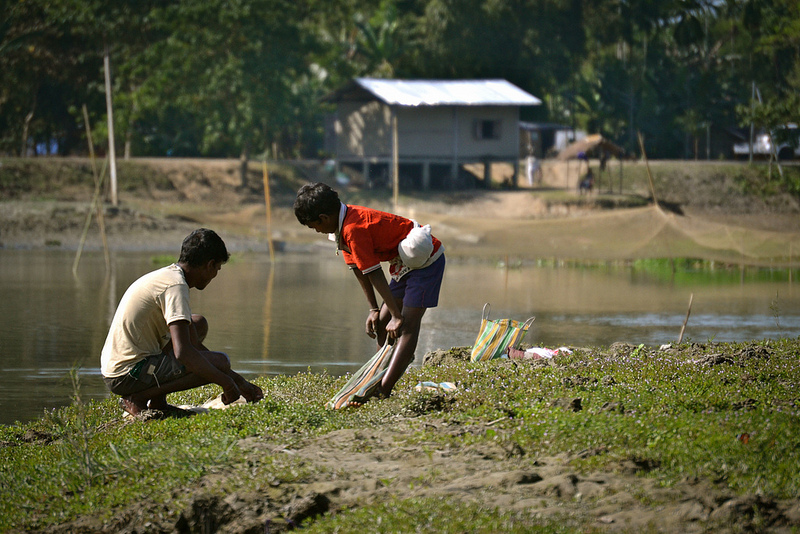
The lives of the people are so closely woven together with life in the beel; survival skills are an essential part of a child's education. As the legacy is passed down from one generation to the next, questions on the survival of beel linger unanswered.
/articles/life-maguri-beel